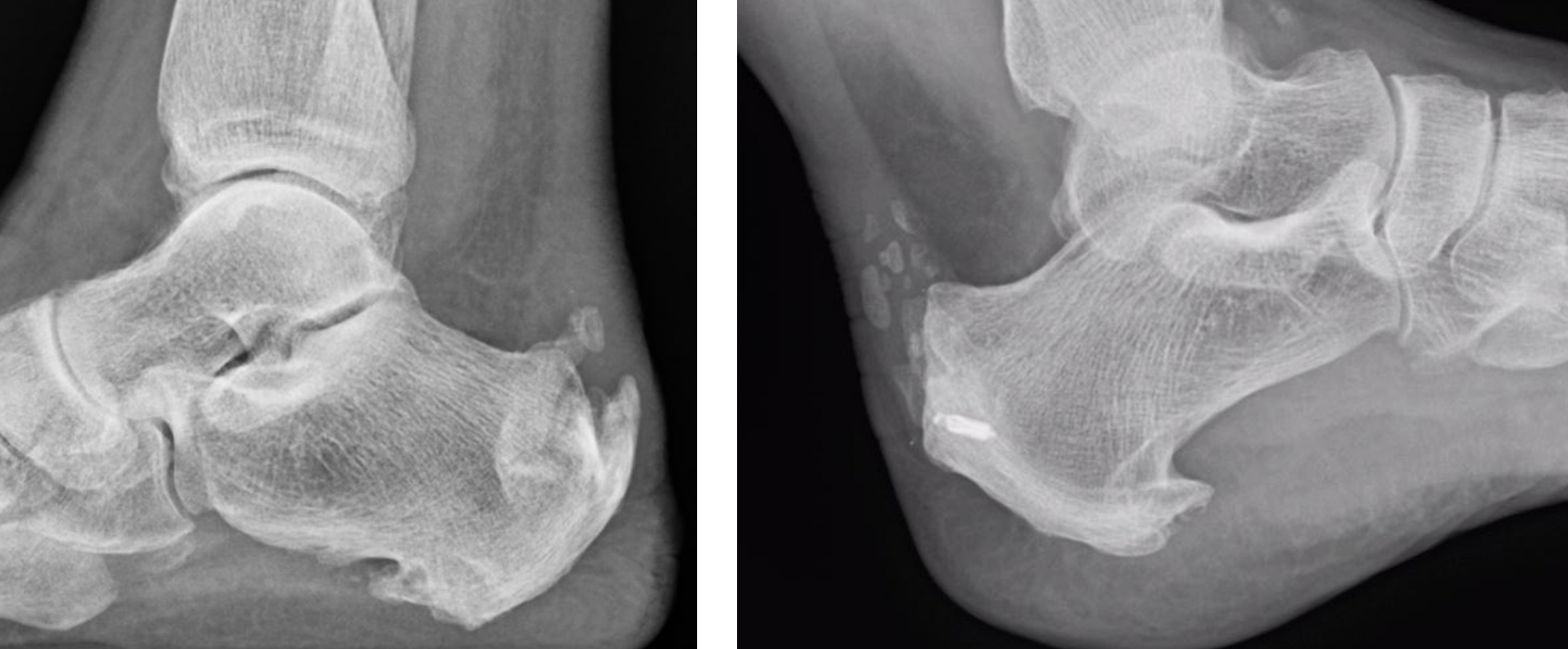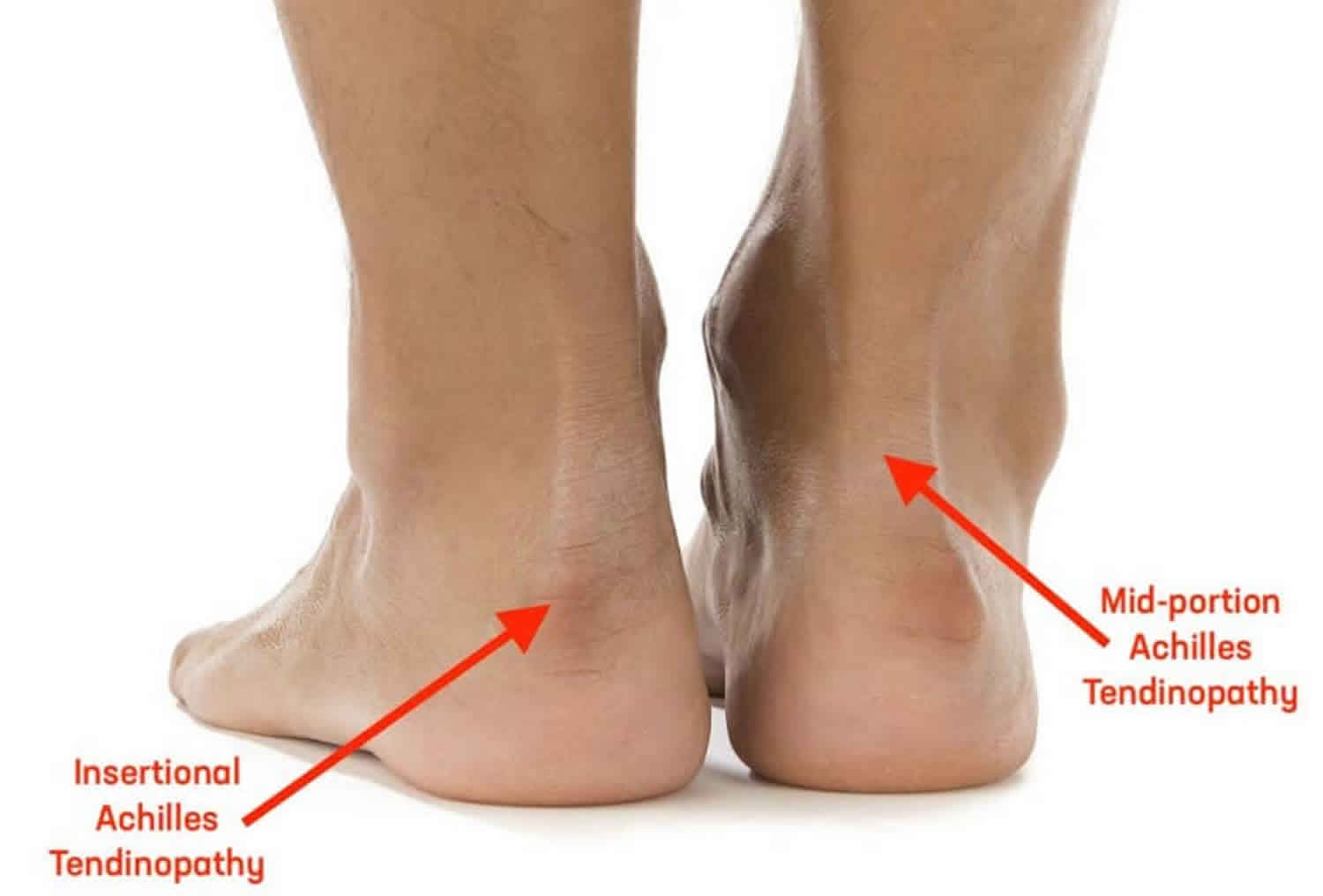Achilles Tendinitis And Bursitis

Achilles tendinitis and bursitis are two common conditions that affect the Achilles tendon, a vital structure that connects the calf muscles to the heel bone. These conditions can cause significant pain and discomfort, making it challenging to perform daily activities, let alone engage in sports or other physical pursuits. In this article, we will delve into the world of Achilles tendinitis and bursitis, exploring their causes, symptoms, diagnosis, treatment options, and prevention strategies.
Understanding Achilles Tendinitis

Achilles tendinitis is a condition characterized by inflammation of the Achilles tendon, which can be acute or chronic. The tendon becomes irritated and inflamed, leading to pain, swelling, and stiffness in the affected area. This condition is often caused by repetitive strain on the tendon, such as running or jumping, or sudden changes in physical activity. Overuse and poor training techniques are common culprits, as they can put excessive stress on the tendon, leading to inflammation and damage.
Symptoms of Achilles Tendinitis
The symptoms of Achilles tendinitis can vary in severity, but common complaints include pain and stiffness in the Achilles tendon, particularly in the morning or after periods of rest. Pain can be sharp and stabbing or dull and aching, and may be accompanied by swelling and redness in the affected area. In severe cases, the tendon may become thickened and hardened, leading to chronic pain and limited mobility.
| Symptom | Description |
|---|---|
| Pain | Sharp, stabbing, or dull and aching pain in the Achilles tendon |
| Stiffness | Stiffness and limited mobility in the ankle and foot |
| Swelling | Swelling and redness in the affected area |
| Thickening | Thickening and hardening of the Achilles tendon |

Understanding Achilles Bursitis

Achilles bursitis is a condition characterized by inflammation of the bursae, small fluid-filled sacs that cushion the Achilles tendon and surrounding tissues. This condition can be caused by repetitive friction and pressure on the bursae, leading to inflammation and pain. Direct blows to the heel or ankle, such as falling or being hit by an object, can also cause Achilles bursitis.
Symptoms of Achilles Bursitis
The symptoms of Achilles bursitis can include pain and swelling in the affected area, particularly when walking or running. Redness and warmth may also be present, and the bursae may become tender to the touch. In severe cases, the bursae may become infected, leading to fever and chills.
- Pain and swelling in the affected area
- Redness and warmth in the affected area
- Tenderness to the touch
- Infected bursae, leading to fever and chills
Diagnosis and Treatment
Diagnosing Achilles tendinitis and bursitis typically involves a physical examination, medical history, and imaging tests, such as X-rays or MRI scans. Treatment options may include rest, ice, compression, and elevation (RICE), as well as physical therapy, orthotics, and medications to manage pain and inflammation. In severe cases, surgery may be necessary to repair or remove the damaged tendon or bursae.
Prevention Strategies
Preventing Achilles tendinitis and bursitis requires a combination of proper training techniques, equipment, and self-care. This may include warm-up routines, stretching exercises, and strengthening exercises to support the Achilles tendon and surrounding tissues. Proper footwear and orthotics can also help reduce the risk of injury and inflammation.
| Prevention Strategy | Description |
|---|---|
| Proper training techniques | Avoiding overuse and poor training techniques |
| Equipment | Using proper footwear and orthotics |
| Self-care | Engaging in regular stretching and strengthening exercises |
| Warm-up routines | Gradually increasing intensity and duration of physical activity |
What is the difference between Achilles tendinitis and bursitis?
+Achilles tendinitis is inflammation of the Achilles tendon, while bursitis is inflammation of the bursae, small fluid-filled sacs that cushion the tendon and surrounding tissues.
How can I prevent Achilles tendinitis and bursitis?
+Preventing Achilles tendinitis and bursitis requires a combination of proper training techniques, equipment, and self-care, including warm-up routines, stretching exercises, and strengthening exercises to support the Achilles tendon and surrounding tissues.
What are the treatment options for Achilles tendinitis and bursitis?
+Treatment options for Achilles tendinitis and bursitis may include rest, ice, compression, and elevation (RICE), as well as physical therapy, orthotics, and medications to manage pain and inflammation. In severe cases, surgery may be necessary to repair or remove the damaged tendon or bursae.



